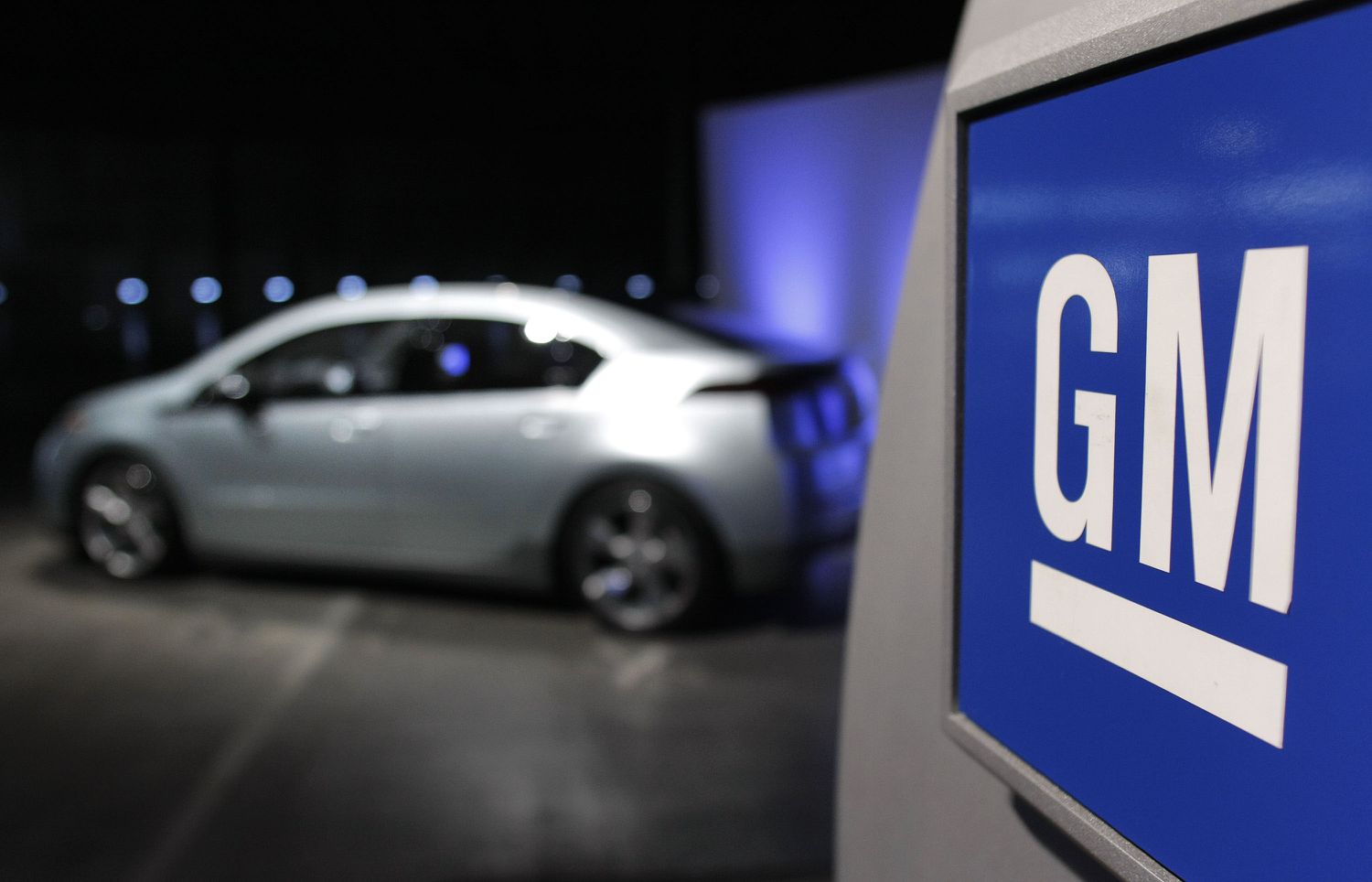General Motors has reached a significant milestone in its electric vehicle (EV) business, reporting that its EVs became “variable profit positive” in 2024.
This means the company managed to generate more revenue from its EVs than it spent on direct manufacturing expenses such as labor and materials.
Unlike Ford, GM does not provide a detailed breakdown of its EV earnings, so there are likely still additional costs to address before achieving full profitability.
These could include expenses related to expanding production lines. Nonetheless, surpassing manufacturing costs is a crucial step forward.
Despite this accomplishment and the company delivering fourth-quarter results that exceeded analysts’ expectations GM’s stock dropped by more than 10% on Tuesday.
Investors expressed concerns about how the new Trump administration could impact the broader automotive industry.
A Long Journey to EV Profitability with a Major Challenge Ahead
GM has been a pioneer in the shift toward electric vehicles, introducing early models like the Chevrolet Volt plug-in hybrid and the all-electric Bolt.
In 2017, the automaker made a bold commitment to an all-electric future, a stance its executives have maintained even as EV sales have slowed.
Turning a profit on EVs remains a significant challenge due to the high costs of development and raw materials. Many legacy automakers are still reporting substantial losses in this sector.
For instance, Ford suffered a $1.2 billion loss in its EV division during the third quarter of 2023. The company is set to release its fourth-quarter and full-year financial results next week.
To date, Tesla remains the only automaker in the U.S. that has consistently made money from EV sales, first achieving profitability in 2020 after enduring years of steep losses.
However, even Tesla’s financial success has been threatened by a broad industry slowdown in EV demand over the past two years.
The auto industry continues to grapple with shifting consumer preferences, as newer buyers show less interest in the large, high-priced EVs that manufacturers once relied on to drive profitability.
Last year, GM took a bold approach by expanding its lineup of EVs targeted at mainstream buyers, even as many competitors scaled back their efforts.
Ultimately, the company fell slightly short of its goal to produce 200,000 EVs, manufacturing a total of 189,000 battery-powered vehicles.
For 2024, GM has set a new production target of 300,000 EVs. However, CFO Paul Jacobson stated on Tuesday morning that the company remains prepared to adjust its strategy based on market demand and shifts in economic policy.
Political Uncertainty Poses Risks for the Auto Industry
The automotive sector faces considerable uncertainty under the Trump administration. The president has proposed tariffs on imports from Canada and Mexico, a move that could significantly increase costs for automakers.
Additionally, Trump has suggested scaling back government incentives for electric vehicles, which have played a critical role in encouraging EV adoption in recent years.
As GM and other automakers navigate these evolving challenges, the future of the EV market remains uncertain but GM’s latest achievement marks an important step toward long-term profitability in the sector.
Toward the end of last year, GM Chairman and CEO Mary Barra acknowledged that while EV sales were slowing, they were still experiencing growth. In response to market conditions, GM, like Ford, scaled back its EV production plans.

Paul Jacobson, GM’s Chief Financial Officer, informed investors during the company’s Q3 2023 earnings call that the automaker was abandoning its previously announced goal of producing 100,000 EVs in the second half of 2023. Instead, GM is now aiming to sell 400,000 EVs in the first half of 2024.
During this year’s Q3 earnings call, Barra stated that GM remains on course to manufacture and wholesale approximately 200,000 EVs in North America by year’s end while also achieving variable profit positivity for its EV portfolio this quarter.
Earlier this month, CNBC reported that GM had revised its annual EV production target from 250,000 units to 200,000, a further reduction from a previously stated goal of 300,000. Despite these adjustments, the automaker reported significant EV sales growth, including an increase of nearly 60% compared to Q3 2023.
Additionally, GM announced during its Investor Day event on October 8 that it would discontinue the use of the “Ultium” branding for its EV batteries and technology.
Balancing ICE and EV Strategies
Speaking during GM’s Q3 earnings call, Barra emphasized that the company is not confusing progress with success.
“The competition is fierce, and regulatory challenges will only continue to intensify,” she said. “That’s why we are committed to optimizing our margins in both ICE and EV segments. We have a strong legacy in ICE.”
Jacobson noted that GM has maintained strong pricing in its ICE vehicle lineup compared to the industry as a whole, largely due to the continued success of its highly profitable full-size pickups and SUVs, which have been increasing market share in their respective categories.
“Revenue rose 10% to $49 billion, with year-over-year volume growth across both ICE and EV segments,” he said.
Barra also noted that GM secured the No. 2 position in EV sales for Q3, with its total EV market share approaching 10%. She highlighted Cadillac’s expanding EV lineup as a major factor driving volume and market share growth, given that luxury customers demonstrate stronger interest in EV adoption compared to the mass market.
Jacobson echoed this sentiment, stressing that creating EVs that customers genuinely desire and are willing to pay for is crucial to GM’s long-term success.
“We continue to invest in the business while simultaneously identifying efficiencies and opportunities to enhance profitability,” he said.
The Role of ICE Vehicles in GM’s Strategy
Jacobson explained that the decision to retool plants several years ago has given GM the flexibility to scale EV production while maintaining a balanced focus on ICE vehicles. Notably, nearly one-third of GM’s program capital remains allocated to ICE models.
“We are in the process of ramping up production of our refreshed full-size SUVs. These are our most profitable vehicles, so any production adjustments have a significant impact on overall profitability,” he said.
Supply chain disruptions caused by recent hurricanes led to temporary downtime at GM factories responsible for producing full-size pickups and SUVs, Jacobson noted.
Responding to Market Demand
Discussing the balance between ICE and EV offerings, Barra explained that GM has adopted a flexible approach, making final decisions based on market trends and consumer demand.
“We often wait until the last possible moment to determine whether we will develop the next generation of an ICE model or focus on an EV alternative,” she said. “With the infrastructure Paul mentioned, we now have the flexibility to respond to market needs efficiently and allocate capital wisely.”
Jacobson added that GM is actively addressing consumer concerns regarding EVs, particularly range anxiety. The company is working to enhance vehicle range, offering models capable of 300 miles per charge, and expanding access to charging infrastructure through its partnership with Tesla’s Supercharger network.
“I believe we have a solid roadmap, and we’ve demonstrated resilience—even though we’re at the lower end of our initial production projections for the year,” he said. “That ability to adapt and push forward is what sets this team apart.”

